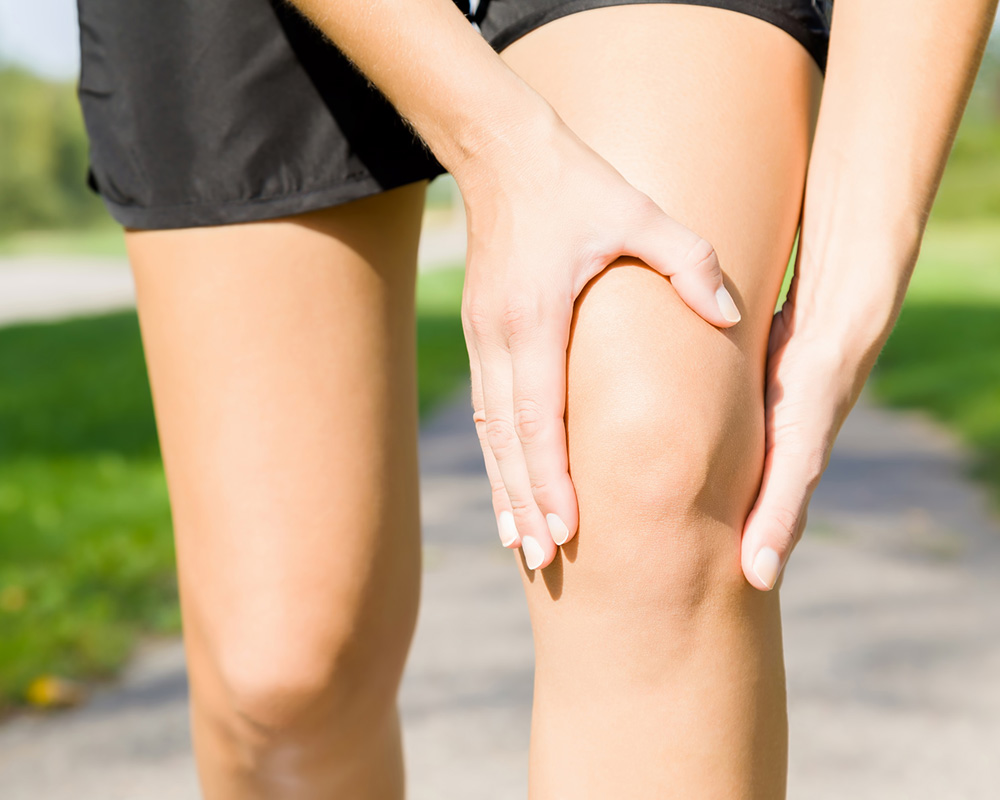The Anterior Cruciate Ligament (ACL) is a key ligament that provides strength and stability to the knee joint. Injury to this ligament can result in significant pain, instability and reduced quality of life (Arna Risberg et al., 2004). Injury to the ACL is likely to require an Anterior Cruciate Ligament Reconstruction (ACLR) which aims to restore the stability of the knee and aid in the rehabilitation process of returning to work or sport. Current evidence suggests that approximately 50% of patients who undergo an ACLR are unable to return to their previous level of sport, with a further 20% at risk of a re-rupture (Ardern et al., 2014, Gokeler et al.,2017).
ACL rehabilitation has been a center of focus for Physiotherapists world-wide as the incidence of ACL ruptures are growing, due to the increased participation of sport, particularly in young females. One of our own Physiotherapists, Sam has co-authored brand new research in this area, investigating the effectiveness of an 8-week Physiotherapist-led return to sport program after an ACLR. This research was conducted with the guidance of PhD author, Adam Walker and colleagues of Bond University.
To find out more or view the article, click the link below:
Arna Risberg, M., Lewek, M., Snyder-Mackler, L., 2004. A systematic review of evidence for anterior cruciate ligament
rehabilitation: how much and what type? Phys. Ther. Sport 5 (3), 125–145. https://doi.org/10.1016/j.ptsp.2004.02.003.
Ardern, C.L., Taylor, N.F., Feller, J.A., Webster, K.E., 2014. Fifty-five per cent return to competitive sport following anterior
cruciate ligament reconstruction surgery: an updated systematic review and meta-analysis including aspects of physical
functioning and contextual factors. Br. J. Sports Med. 48 (21), 1543–1552. https:// doi.org/10.1136/bjsports-2013-093398.
Gokeler, A., Dingenen, B., Mouton, C., Seil, R., 2017. Clinical course and recommendations for patients after anterior cruciate
ligament injury and subsequent reconstruction: a narrative review. EFORT Open Rev. 2 (10), 410–420. https://doi.org/10.1302/2058-5241.2.170011.
By Sam Heyward, Physiotherapist.
